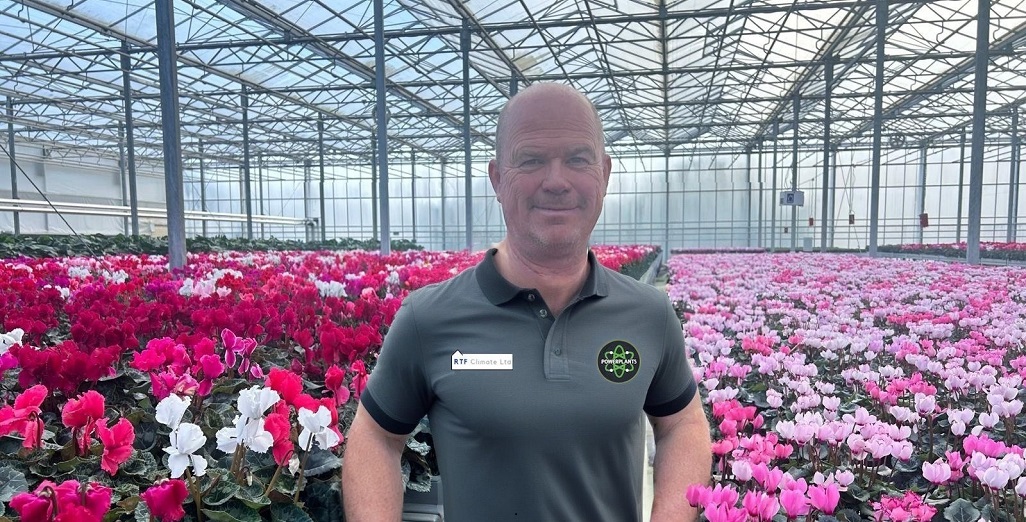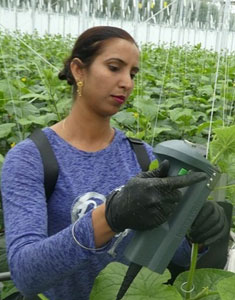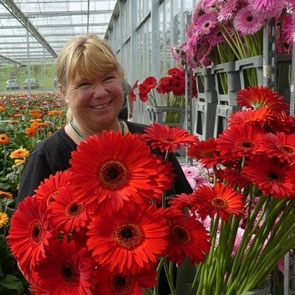Sign up here to subscribe to the Grower2grower Ezine. Every two weeks you will receive new articles, specific to the protected cropping industry, informing you of industry news and events straight to your inbox.
May 2022
Leaders in Kiwifruit Protected Cropping since 2013

Maungatapere Berries diversification key to levelling workload
Last week, whilst visiting Northland, I was fortunate to spend an hour with Dermott Malley, owner of Maungatapere Berries. It is an extremely busy time of year, so I appreciate the opportunity to interview Dermott.
There are many issues Maungatapere Berries is dealing with this year, including managing covid-19 protocols, staff shortages and the 15-17% increase in costs. There has also been a reduction in export opportunities. The business employs up to, and sometimes over, 150 staff during peak seasonal periods which has made the last year even more challenging.
Apart from the day-to-day business and logistical obstacles the business has had to overcome in the past year, there are still crops to grow including four berry types and large kiwifruit blocks to manage. When Dermott and his family moved to the property from the Hawkes Bay in 2011 it looked quite different to today. The Kiwifruit blocks were already established but it wasn’t until late 2015 that they began growing the Berries.
Kiwifruit under cover
The business has 3.5 hectares of Gold Kiwifruit that was covered with a canopy in 2013. Covering kiwifruit, using plastic canopies or open tunnel house system, is becoming common now but in 2013 it was rare. The primary reason to cover the crop was to help reduce the spread of PSAv. PSAv spreads easier in water so keeping the crops canopy as dry as possible is beneficial. There are other major benefits including the control of soil moisture content with accurate irrigation/fertigation. The extra warmth created by the covers has also been useful for improved production, Dermott said “The spring soil temperature doesn’t drop with the cold spring rain and this warmer soil temperature directly relates to larger fruit.”
Currently it is extremely expensive to purchase gold kiwifruit licences. Dermott has proved that protecting your investment, with a plastic tunnel house, is protecting it from all uncertainty mother nature can deliver and associated diseases like PSAv. It is something the industry should give serious consideration too.

Pest and Fungal Pressure
Across the different crops there are constant insect and fungal issues including pests such as Tropical Army Worm, Moths, and White Cabbage Butterflies to deal with. Scarecrows help reduce Cabbage White Butterflies and solar moth traps to reduce the Moths. Botrytis is also a constant issue so biological products are used, where possible, to replace spraying with conventional treatments.
Labour Management
The business has been cleverly designed to level out the workload and to spread out the harvesting stage of the crops.

Despite these tough times I asked Dermott what he enjoys most about growing and the industry, his response was “It is a wonderful opportunity to create something else other people can enjoy.” Dermott has a passion for growing and the industry, which was obvious from his comments.
To learn more about Maungatapere Berries and this family run growing operation go to https://www.maungatapereberries.co.nz/ and be sure to check out their great recipe suggestions https://www.maungatapereberries.co.nz/health/recipes/

Cover photo Dermott Malley, owner of Maungatapere Berries
Article written and compiled by Stefan Vogrincic
All Article’s checked and edited by Marie Vogrincic
I appreciate your comments. Please feel free to comment on the grower2grower Facebook page:
CLASSIFIED
Photo
Gallery
Subscribe to our E-Zine
More
From This Category

Powerplants and RTF Climate Announce Strategic Partnership for the APAC Region

Local florist amongst impressive young horticulturists competing in Karaka

Toasting Tahryn, 2023 Young Horticulturist finalist.

Renee reaps rewards of career switch – now off to Young Horticulturist finals.

Meryn Whitehead, finalist for the 2023 NZ Young Horticulturist competition











































